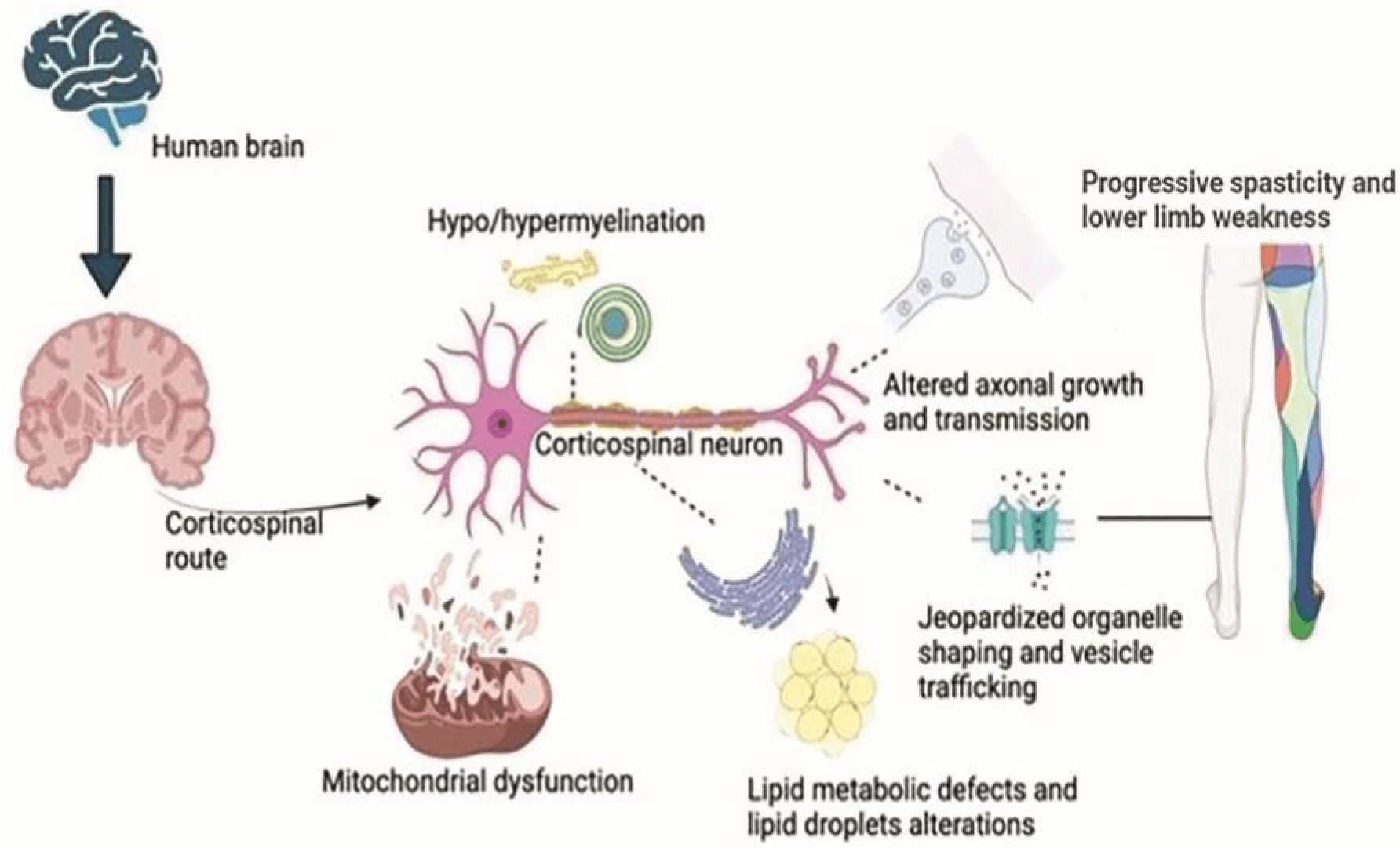WHAT IS SPASTIC PARAPLEGIA 3A?
SPG3A (also known as ATL1-HSP) is the most common type of autosomal dominant HSP in children. Average age of onset for SPG3A is 4 years and more than 80% of cases show symptoms before the age of 10.
SPG3A is a subtype of a group of rare neurologic conditions called Hereditary Spastic Paraplegia. Hereditary spastic paraplegias are often divided into two types: pure and complex. The pure types involve only the lower limbs, while the complex types also involve other areas of the body such as upper limbs and oral motor muscles, and can present other symptoms such as seizures and changes in intellectual functioning.
Mutations in ATL-1 (Atlastin-1) gene cause SPG3A. These mutations likely lead to abnormal activity of atlastin-1, which impairs the functioning of neurons, including the distribution of materials within these cells. This lack of functional atlastin-1 protein can also restrict the growth of axons. Within the long neurons of the corticospinal tracts, these problems can lead to cell death. As a result, the neurons are unable to transmit nerve impulses, particularly to other neurons and muscles in the lower extremities. This impaired nerve function leads to the signs and symptoms of spastic paraplegia type 3A.
Most individuals with SPG3A (>95%) have an affected parent. In other words, they inherit the gene mutation from at least one parent. In some individuals, the mutation occurs “de novo”, i.e the gene randomly mutates during embryonic development and is not inherited from a parent.
Source: National Institute of Health, National Library of Medicine, MedlinePlus
